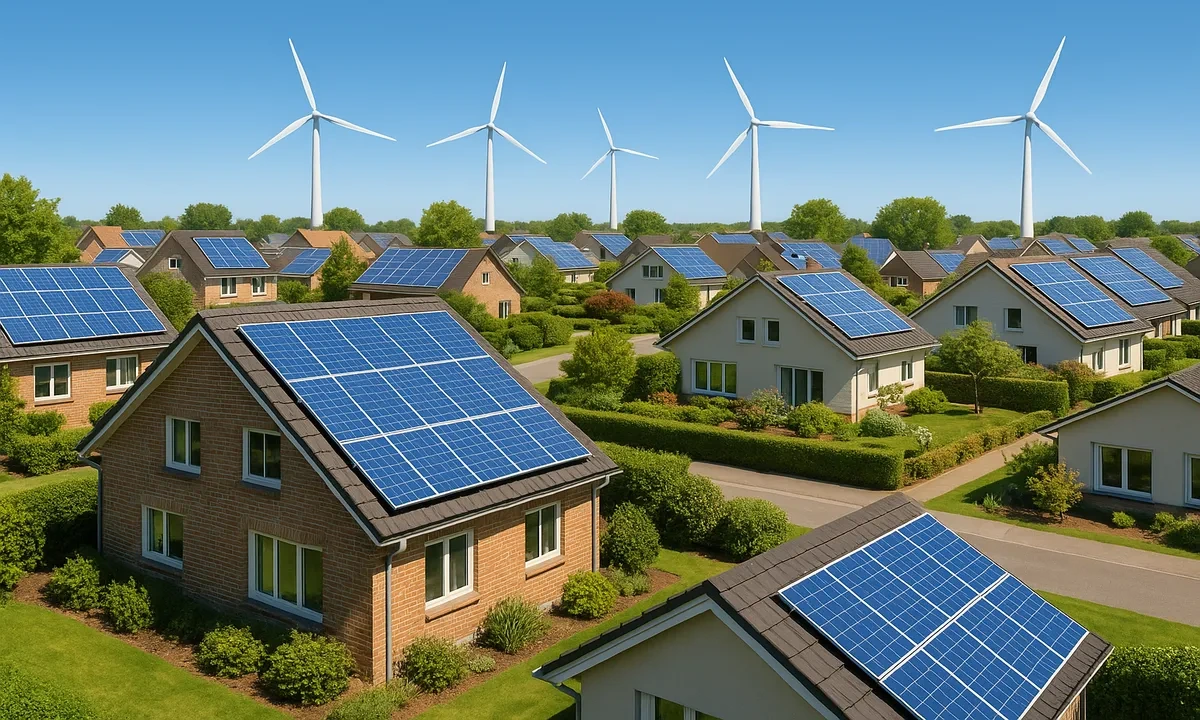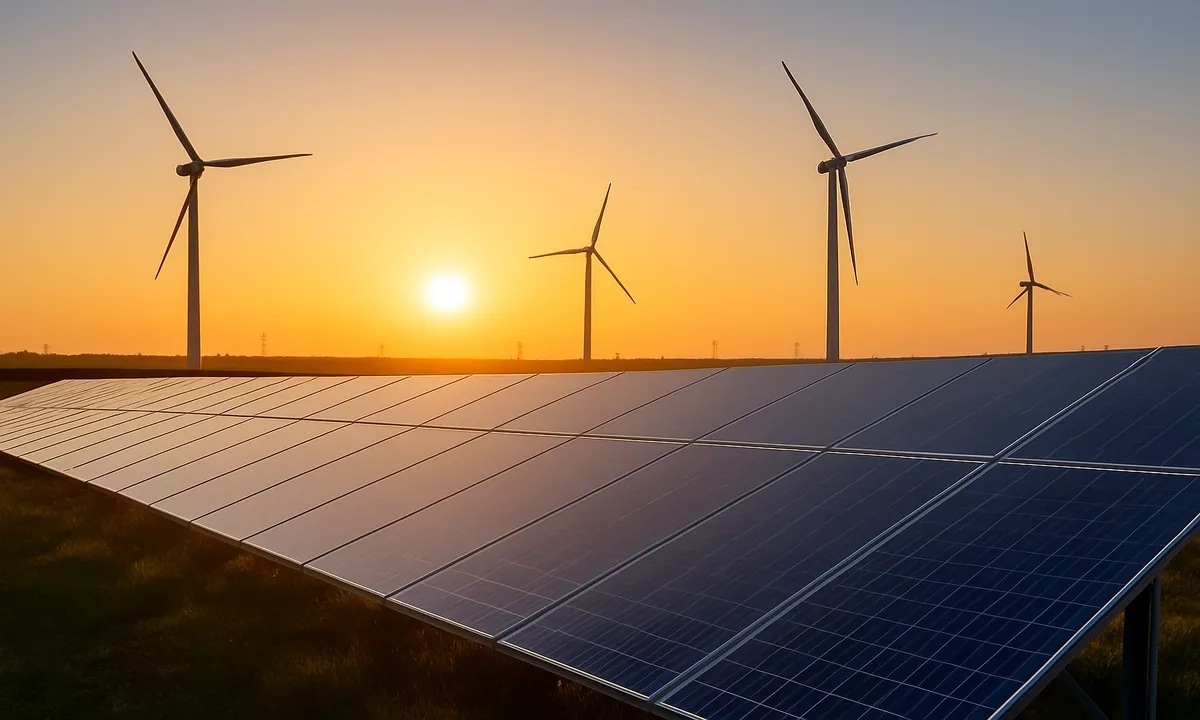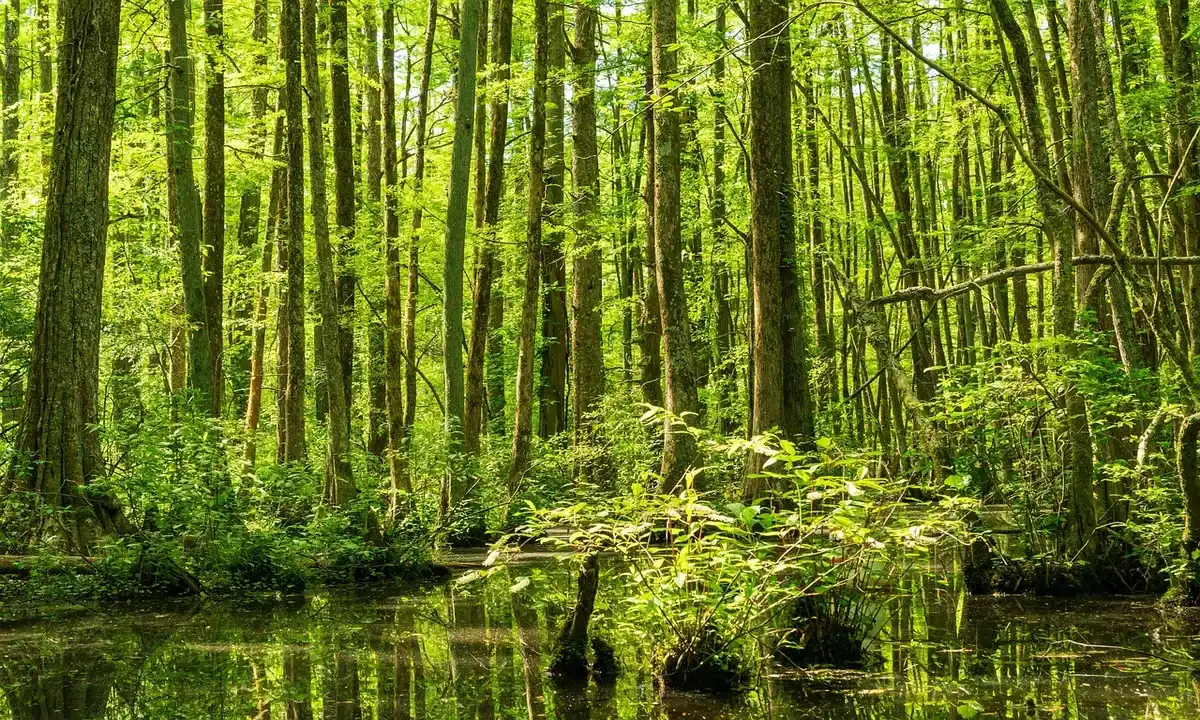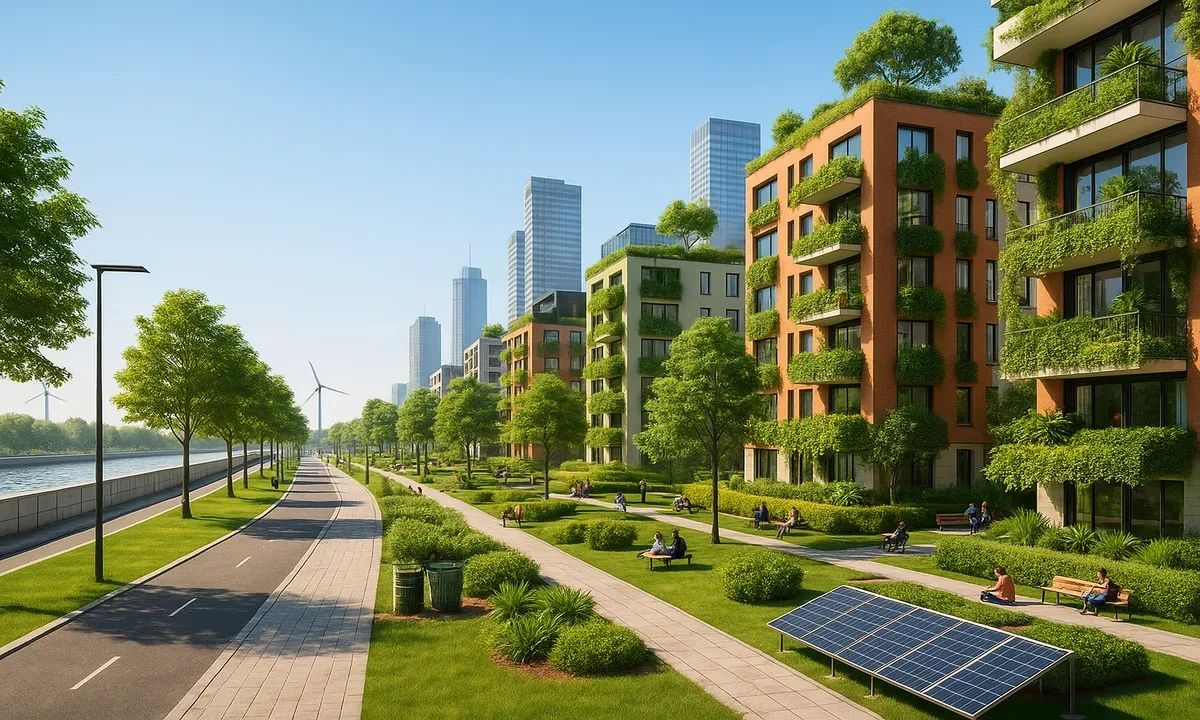Climate Solutions

The world is at a crossroads. Climate change is no longer a distant threat—it’s a reality reshaping how we live, work, and thrive. Yet, while the challenges are daunting, the solutions are real, practical, and already making a difference. From clean energy to reimagined cities, from protecting forests to cutting-edge technology, humanity is innovating its way forward.
In this article, we explore the leading science-backed solutions that can help slow, stop, and even reverse the buildup of greenhouse gases in our atmosphere—giving us a chance to secure a healthy, resilient planet for generations to come.
Clean Energy: The Foundation of Climate Action
Fossil fuels like coal, oil, and gas are responsible for about three-quarters of global greenhouse gas emissions. The single biggest climate solution is to shift rapidly to renewable energy sources—solar, wind, hydropower, geothermal, and more.

Many countries are making progress. In 2023, renewables provided 30% of global electricity. The challenge: moving even faster—investing in energy storage, modernizing power grids, and phasing out coal plants. Clean energy not only cuts emissions but also creates jobs and improves air quality.
Efficiency Everywhere: Buildings, Cities, and Transport
Buildings and transportation are major sources of emissions. But energy-efficient homes, electric vehicles, better public transit, and green building design can slash emissions and save money. In many cities, "smart" systems control lighting, heating, and water use in real time.
Walkable neighborhoods, cycling infrastructure, and widespread use of EVs are already transforming cities in Europe and Asia. Efficient appliances, heat pumps, and net-zero building codes are key steps everywhere.
Working with Nature
Forests, wetlands, grasslands, and oceans absorb billions of tons of CO₂ every year. Protecting these ecosystems—and restoring those we’ve lost—can provide a third of the emissions reductions needed by 2030. Projects to restore forests, rewet peatlands, and protect mangroves are some of the most cost-effective climate solutions available.

Agriculture can also be part of the solution. Regenerative farming methods build healthy soil, reduce chemical use, and increase carbon storage. Sustainable fisheries and protecting ocean habitats help too.
Removing Carbon: New Tools for a Cleaner Future
Not all emissions can be eliminated. That’s why scientists are developing ways to remove CO₂ from the atmosphere, like direct air capture, carbon capture and storage, and biochar. While these are important, experts agree that rapidly cutting emissions is the priority.
Adapting to a Changing Climate
Some climate impacts are now unavoidable. Cities and communities are investing in early warning systems, disaster preparedness, and climate-smart infrastructure—like flood barriers, drought-resistant crops, and green spaces that reduce heat.

Strong adaptation protects lives and livelihoods, especially for the most vulnerable people worldwide.
The Power of Policy, Innovation, and Everyday Action
Major progress requires smart policy, global cooperation, and rapid innovation. The Paris Agreement sets a global framework; local and national governments are key for action. Carbon pricing, research funding, and clean technology incentives all make a difference.
But individuals matter, too: choosing renewable power, driving less, eating more plants, wasting less, and supporting climate action all add up.
Conclusion: Hope Through Action
The climate challenge is huge—but solutions are here. By combining clean energy, nature-based solutions, innovation, and global cooperation, we can change the course of our future. Millions are already working for climate solutions. Will you join them?